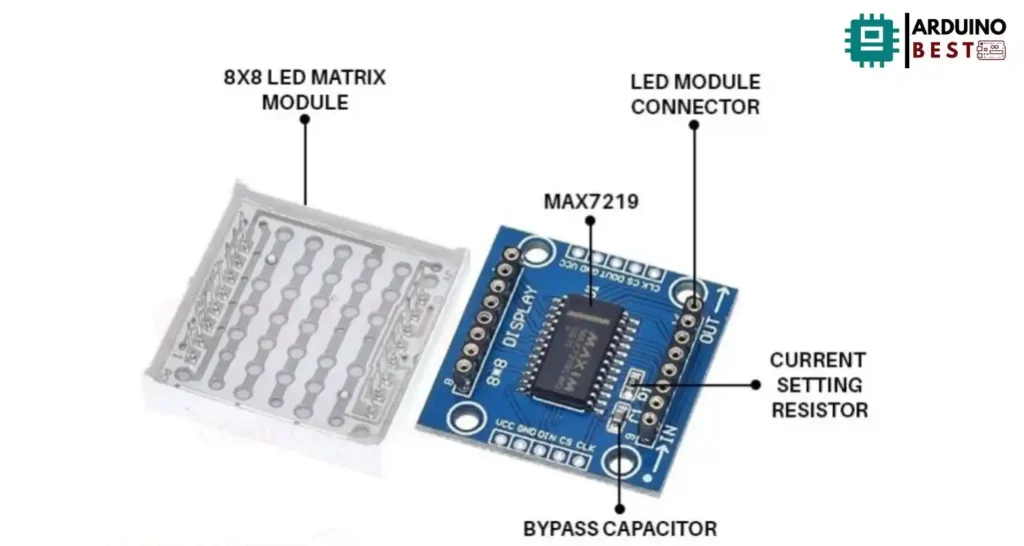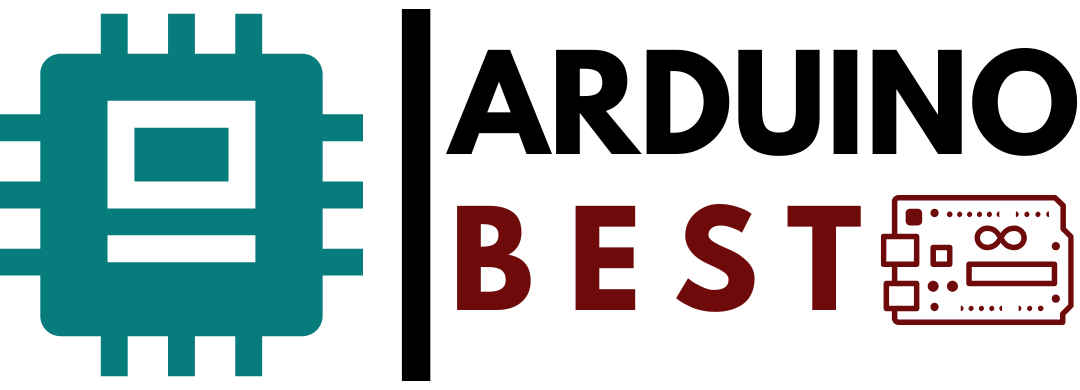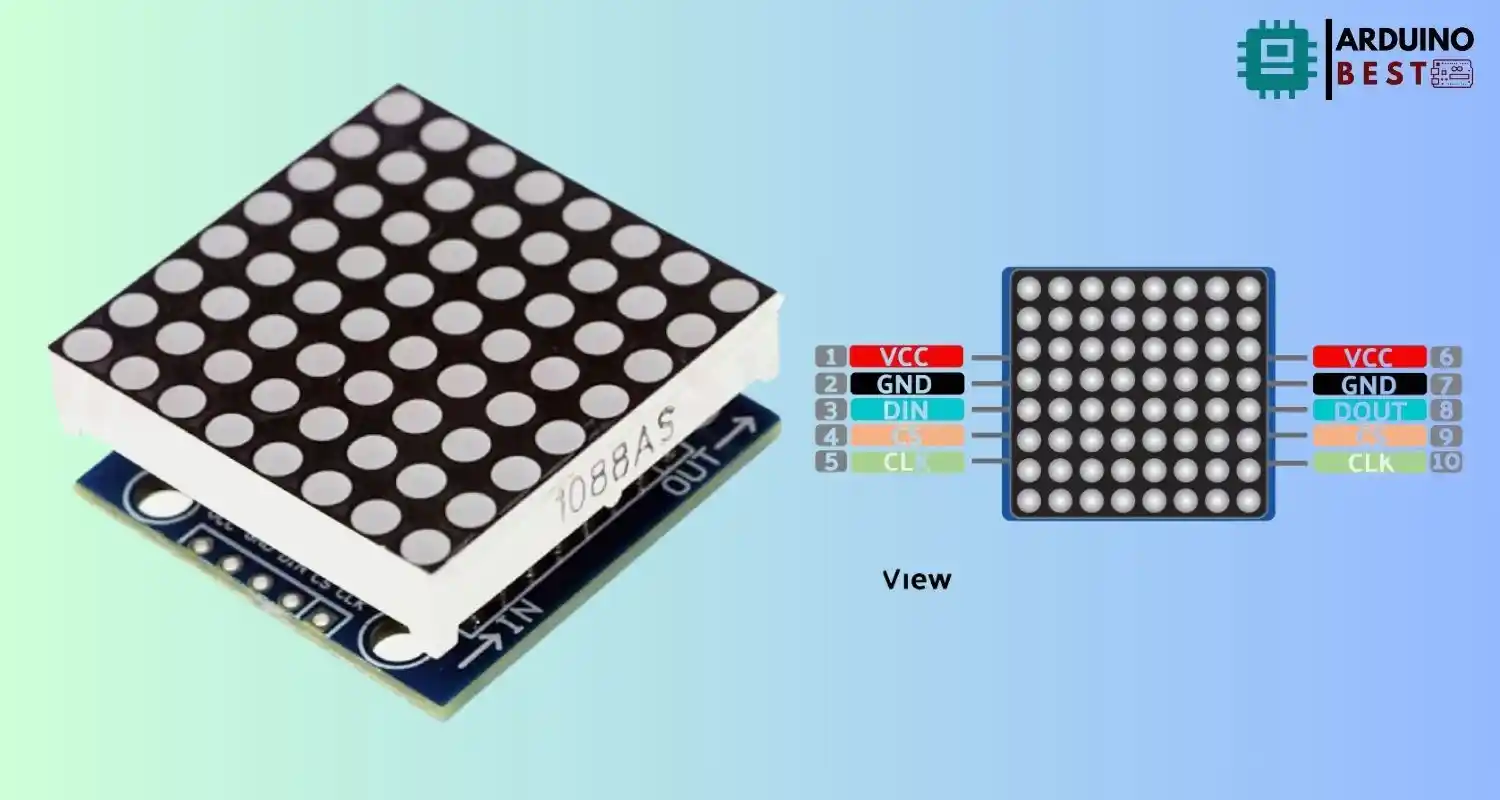Table of Contents
The MAX7219 8×8 LED matrix module is a compact and powerful component widely used in DIY electronics, IoT projects, and visual displays. It simplifies the process of controlling multiple LEDs and enables the creation of dynamic displays with minimal wiring. Whether you are new to electronics or an experienced maker, learning how to use the MAX7219 module can open up endless creative possibilities.
Understanding the capabilities of the MAX7219 8×8 LED matrix module is essential before diving into complex projects. This device allows you to easily manage 64 LEDs with just a few pins on a microcontroller. For a detailed technical overview, you can refer to the MAX7219 LED Driver Datasheet. The datasheet provides in-depth information on electrical characteristics, timing diagrams, and control features crucial for advanced users.
If you are more focused on module-specific features like dimensions, operating voltage, and pin configurations, the MAX7219 8×8 LED Matrix Module Overview from Components101 is a handy resource for beginners and hobbyists.
What is the MAX7219 8×8 LED Matrix Module?
The MAX7219 8×8 LED matrix module consists of two main parts:
- The MAX7219 IC which acts as a serial-input, common-cathode display driver
- An 8×8 LED grid organized in a matrix format
The module simplifies connections by allowing the microcontroller to communicate via SPI-like protocols, reducing the number of control wires.

Key Features:
- Controls 64 LEDs individually
- Operates at a voltage of 5V
- Supports cascading of multiple modules
- Reduces complexity for LED matrix displays
- Adjustable brightness through software
Specifications of the MAX7219 Module
Understanding the specifications helps in selecting the right module for your projects.
Main Specifications:
- Operating voltage: 4.0V to 5.5V
- Current consumption: 320mA max (for full load)
- Communication: SPI protocol
- Module size: Approx. 3.2 x 3.2 cm
- Brightness control: Software adjustable
- Cascading support: Connect multiple modules easily
Pin Configuration and Wiring Guide
Proper wiring is critical to ensuring that your MAX7219 module functions correctly.
Pinout Details:
- VCC: 5V power supply
- GND: Ground
- DIN: Serial Data Input
- CS: Chip Select
- CLK: Clock Input
Connecting to Arduino:
When connecting the module to an Arduino board:
- Connect VCC to Arduino 5V
- Connect GND to Arduino GND
- Connect DIN to Arduino Digital Pin 11
- Connect CS to Arduino Digital Pin 10
- Connect CLK to Arduino Digital Pin 13
Ensure that the wiring order is maintained to avoid display issues.
Setting Up the MAX7219 8×8 LED Matrix Module with Arduino
Getting started with Arduino is straightforward and rewarding. Here’s what you need.
Required Components:
- Arduino Uno/Nano
- MAX7219 8×8 LED matrix module
- Breadboard
- Jumper wires
Step-by-Step Setup:
- Connect the module pins to the corresponding Arduino pins.
- Install the LedControl library from the Arduino IDE Library Manager.
- Include the library in your sketch:
#include "LedControl.h"
Basic Arduino Code Example:
#include "LedControl.h"
LedControl lc=LedControl(11,13,10,1); // DIN, CLK, CS, number of modules
void setup() {
lc.shutdown(0,false);
lc.setIntensity(0,8);
lc.clearDisplay(0);
}
void loop() {
lc.setLed(0,0,0,true);
}
This simple code turns on the LED at row 0, column 0.
Displaying Scrolling Text:
You can also create scrolling text with a few lines of code and customized characters. For detailed examples, the Controlling 8×8 Dot Matrix with MAX7219 and Arduino guide is a great starting point.
Advanced Projects Using the MAX7219
The MAX7219 LED matrix is capable of handling much more than basic patterns.
Create a Scrolling Text Display:
- Customize characters
- Implement a buffer for smooth scrolling
- Synchronize speed settings
Build a Pong Game:
Using a simple joystick and some additional code, you can create an interactive Pong game displayed across the matrix. A full guide is available at Guide for 8×8 Dot Matrix MAX7219 with Arduino.
Bluetooth-Controlled Display:
Integrate the HC-05 Bluetooth module to allow dynamic text updates from a smartphone app.
- Connect the Bluetooth module to Arduino
- Develop a simple Android app or use existing apps
- Control messages remotely
Cascading Multiple MAX7219 Modules
To create larger displays, multiple modules can be cascaded.
How to Cascade:
- Connect DOUT of the first module to DIN of the next
- Share CS and CLK lines
- Chain as many as eight modules easily
Important Considerations:
- Ensure sufficient power supply to support multiple modules
- Be cautious about signal degradation over long connections
Troubleshooting Common Issues
Working with the MAX7219 matrix may occasionally lead to challenges.
Common Problems and Solutions:
- Module Not Working: Double-check power supply and wiring.
- Wrong Output Displayed: Verify the DIN, CLK, CS pin connections.
- Flickering LEDs: Adjust the resistor value or improve the power supply stability.
FAQs – Frequently Asked Questions
What is the MAX7219 used for?
The MAX7219 is primarily used to drive LED displays such as 7-segment numeric displays, bar graphs, or dot matrix displays, minimizing the wiring complexity.
How do I connect multiple MAX7219 modules?
You can cascade multiple modules by chaining their DIN and DOUT pins, and sharing CS and CLK lines. Proper power supply distribution is important when connecting several modules.
Can I use MAX7219 with Raspberry Pi?
Yes, the MAX7219 can be interfaced with a Raspberry Pi using the SPI protocol. Libraries such as luma.led_matrix in Python make integration straightforward.
What is the maximum number of modules I can cascade?
While technically you can cascade many modules, practical limitations such as signal degradation and power delivery issues usually limit effective cascades to 8–10 modules.
How do I control brightness on the MAX7219?
Brightness can be controlled programmatically using a command to set the intensity register in the LedControl library, ranging from 0 (min) to 15 (max).
Conclusion
The MAX7219 8×8 LED matrix module is an incredibly powerful yet easy-to-use tool for anyone interested in electronics projects. From simple static displays to complex animations and games, the module offers vast potential with minimal wiring effort.
By understanding the specifications, mastering the wiring and coding aspects, and exploring creative projects, you can fully unlock the capabilities of the MAX7219 LED matrix. Whether you are building an interactive game, a dynamic information board, or just experimenting, this module is a must-have for your maker toolkit.

